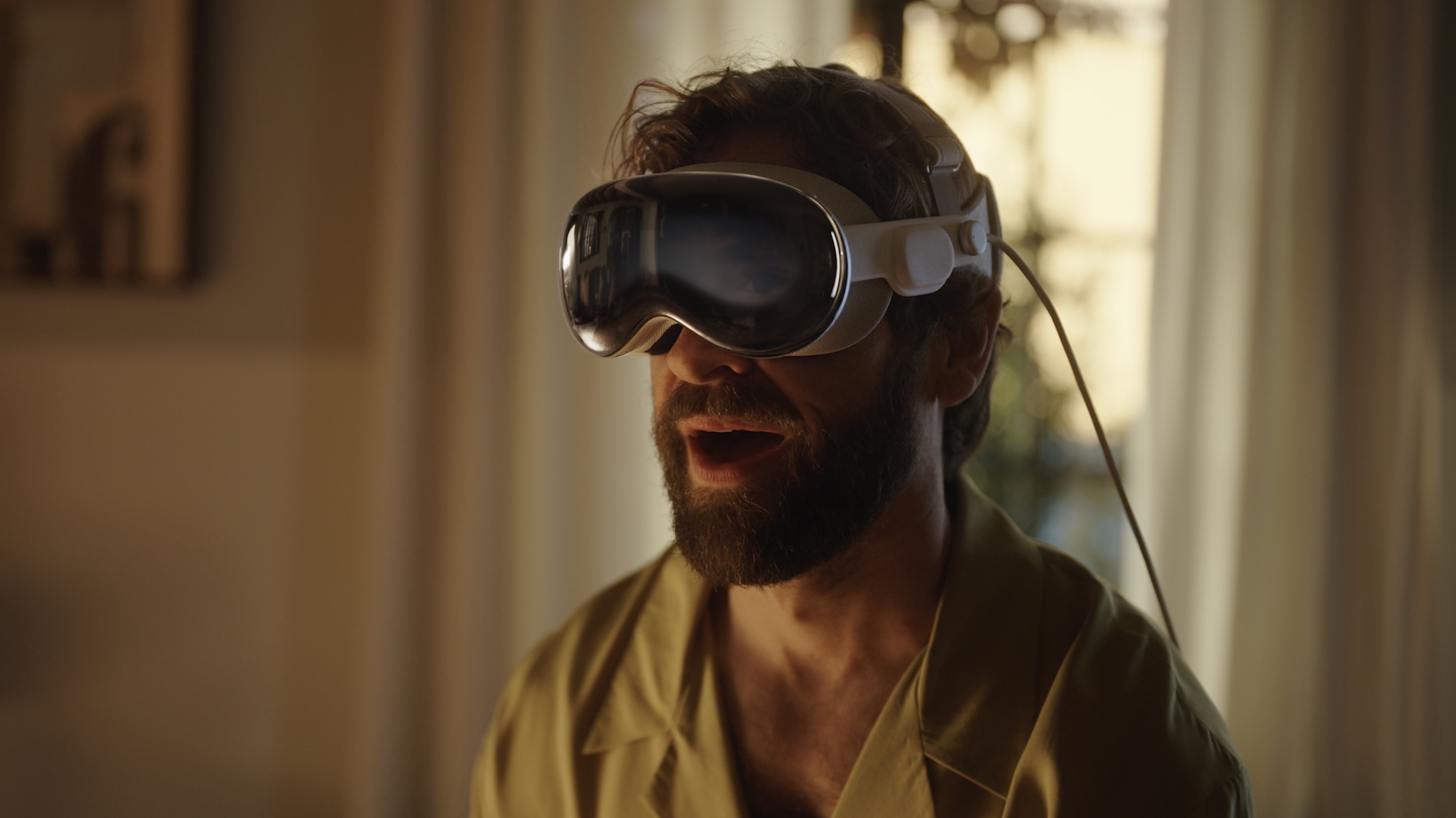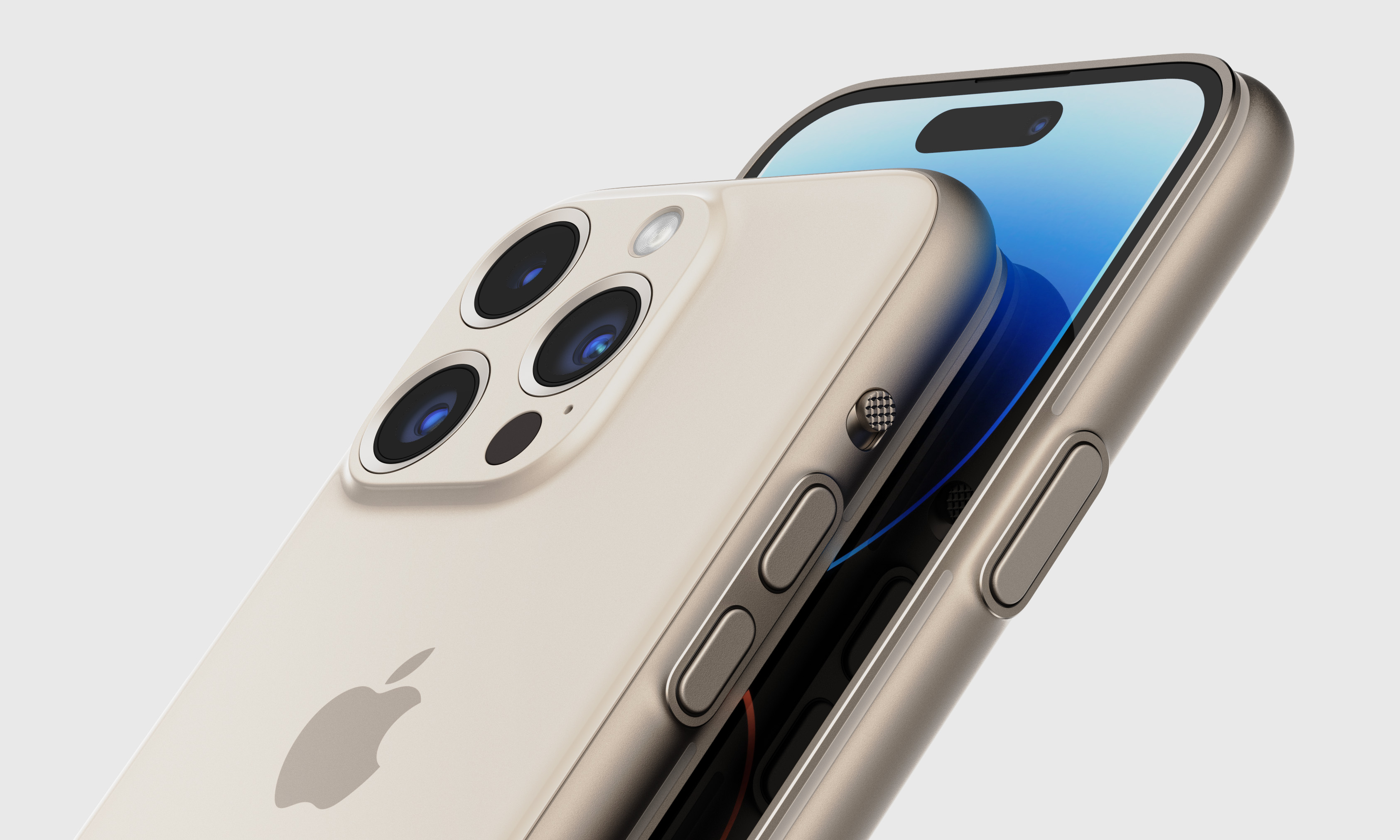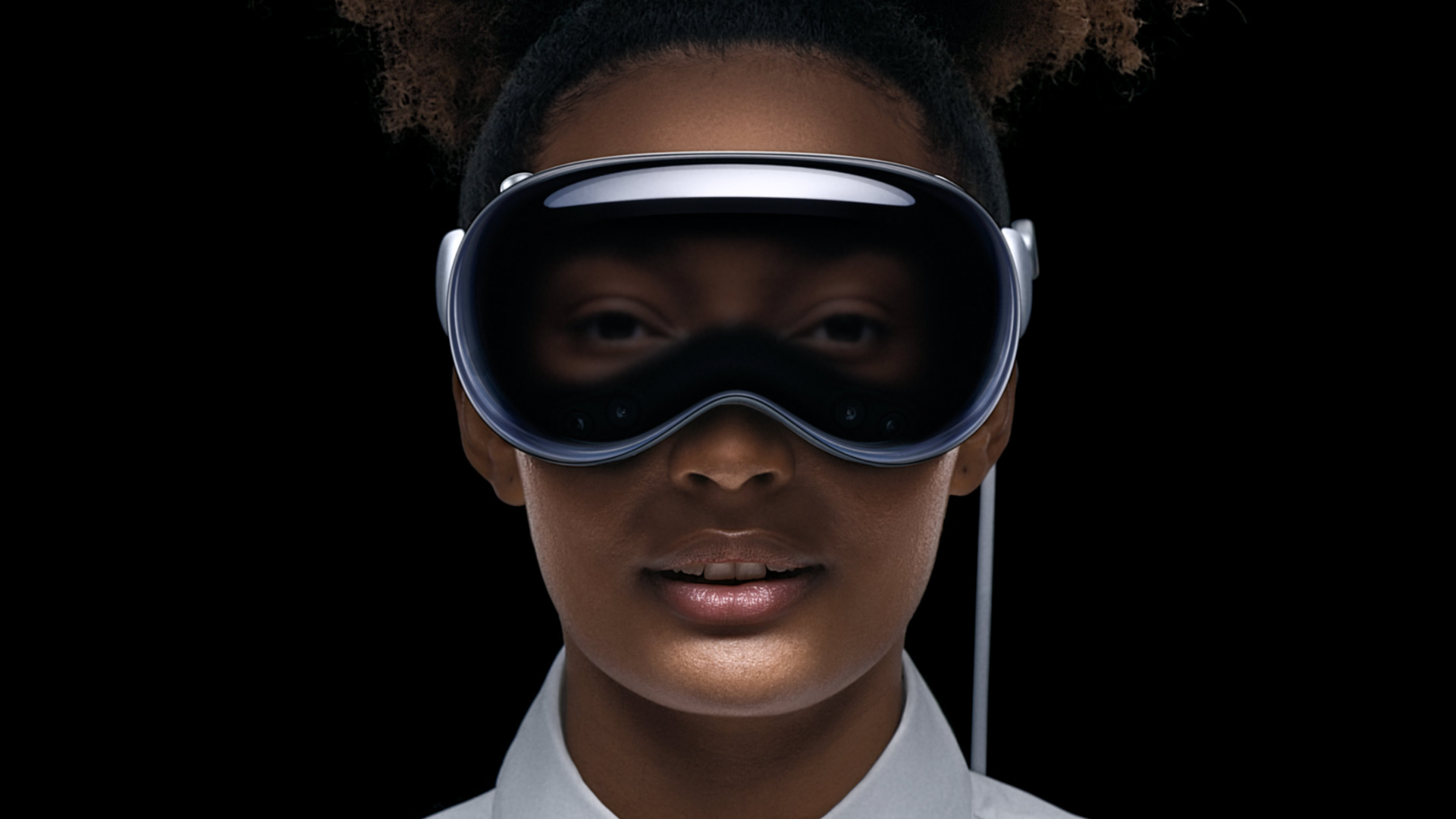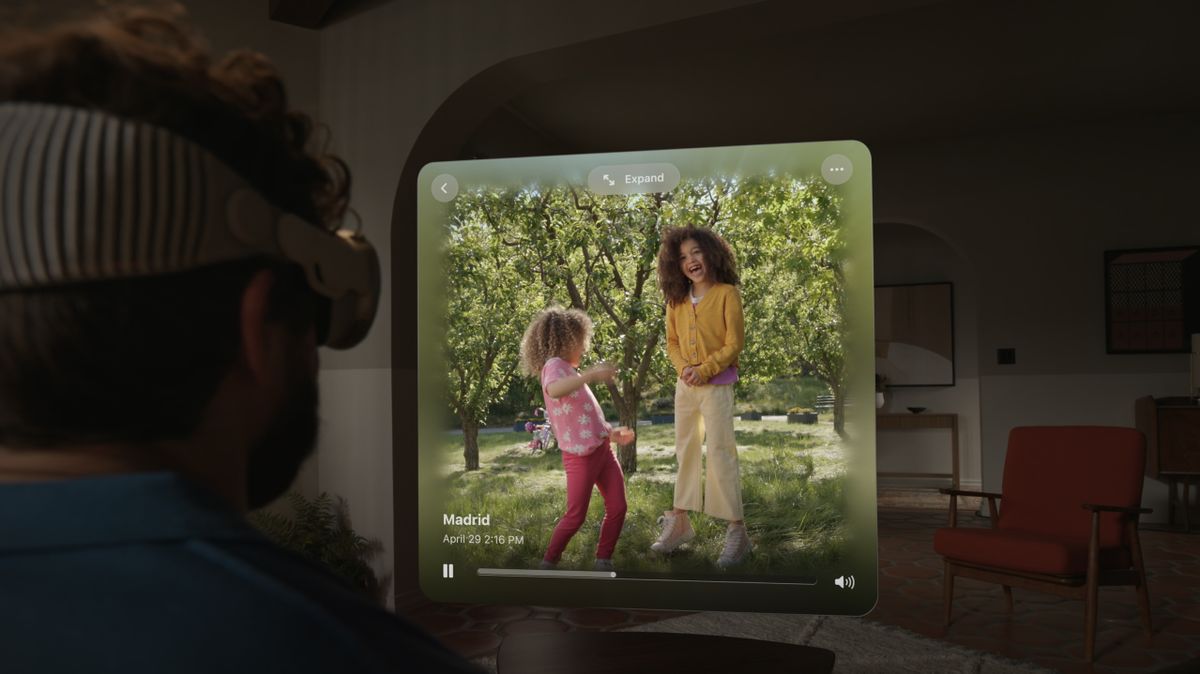One of the most unique features that we got to see with the Vision Pro announcement was a new one from Apple called Spatial Memories. However, the feature doesn’t have a chance to gain traction unless the iPhone 15 supports it.
Spatial Memories are a brand new way to enjoy videos with the Vision Pro. Someone with the headset can take a video with it and then, when they go back to watch what they captured, it will be shown to them in a more immersive way than simply watching a 4K video. The Wall Street Journal’s Joanna Stern said that it felt like she could reach out into the video — as if she wasn’t so much watching a video as she was peering through a portal into a memory she could step into.
I remember when Apple announced Live Photos, thinking that was the pinnacle of the photography experience. The ability to see a photo move and hear the audio of what was happening when it was captured was crazy – it was straight out of Harry Potter.
Actually, while I’m on that subject, if anyone knows of a photo frame that supports Live Photos so they can move when I walk by them, let me know. I will spend absurd amounts of money on that. If not, let me know who wants to start that company (as long as Apple has an API to support it).
Spatial Memories does look incredible
Anyway, Spatial Memories sounds incredible and far more immersive than Live Photos, due to the benefits of what a mixed reality headset is capable of — creating a sense of depth and realness impossible with a flat-screen display. I can’t imagine what it would be like to put a headset on and feel like I can reach into a memory that I captured years ago. The experience sounds more emotional than scrolling through any photos or videos on my iPhone could ever be.
However, even with all of that in mind, I really doubt that Spatial Memories will take off in their current state — and that has everything to do with how you have to capture them. Right now, capturing those memories can only be done using the Vision Pro headset itself.
That means that, if you see something cute your kids are doing, or want to catch a grandparent blowing out their 80th birthday candles, you’ll have to be wearing the headset to capture it in order to enjoy the memory in that format.

Practically, this is going to mean that most candid moments will pass us by. Just think of it — you’ll need to find the headset, put it on, make sure it is turned on, and then press a button on the top of the headset to capture.
That’s a lot more to do to get the shot than taking the iPhone out, which is likely already in your pocket.
Vision Pro still needs the iPhone to make it magical
If Spatial Memories is going to take off, which I would love if it did, it’s going to need the iPhone 15 to do it.
We are so trained to capture memories with our smartphones now that it would be incredibly inconvenient to require users to choose another device to capture a memory in order to experience it in a specific format. That’s why the iPad can also take Live Photos — it would be strange for a user to have to learn which device to use in order to capture things the way they want.

Of course, Apple already knows this. I would not be surprised if the company is already working on supporting Spatial Memories capture with the iPhone 15 Pro. The LiDAR sensor on the Pro iPhone models will likely be essential in order to capture the depth information that Apple will need in order to create Spatial Memories, and the Pro iPhones (and iPads) are the only devices to feature the sensor.
While users won’t likely be able to experience Spatial Memories in their truly immersive form on the iPhone or iPad, being able to capture them on those devices is key. With iCloud, a user could capture a Spatial Memory on their iPhone at a party for example, head home, put their Vision Pro headset on, and enjoy it as if they were there once again. That’s the experience we’ll all need to adopt Spatial Memories the same way we’ve come to expect Live Photos when using our Apple devices.
With the price, will iPhone capture even matter?
Of course, we’ll also need to shell out $3,500 for the Vision Pro in order to enjoy those Spatial Memories, and that will also be a barrier to entry. However, Apple is already rumored to be working on a cheaper, non-pro headset that will be certain to support the feature. Could that mean that the LiDAR sensor comes to the non-pro iPhones in the future as well? I could see that, especially if Apple keeps leaning into photo and video capabilities as the true differentiator between the regular and pro models.
When Apple unveiled the Vision Pro, I knew it was the best mixed-reality headset ever made (so far). The technical achievement in visuals was astounding and, of course, the price reflected that. Meta’s Mark Zuckerberg even said that his company could achieve something similar if they were also willing to charge $3500 for a headset. I honestly still doubt that — Apple is perhaps uniquely capable of mass-producing a piece of new technology like that of the Vision Pro.

Meta tried to release a $1500 headset with its Quest Pro that would have been its closest competitor but, after poor reviews and lackluster sales, the headset already got cut in price to $999. I’m worried that, even though Apple’s execution looks to be much more impressive, the price alone will really hold people back from enjoying something like Spatial Memories and everything else that the Vision Pro has to offer.
Time will tell but, as Apple has always done, it’s playing the long game with the Vision Pro and visionOS. So, even if it takes a while to release a cheaper headset and an iPhone to capture the content, I bet we’ll all be enjoying Spatial Memories at some point in the future. It’s not a matter of if, but a matter of when.
